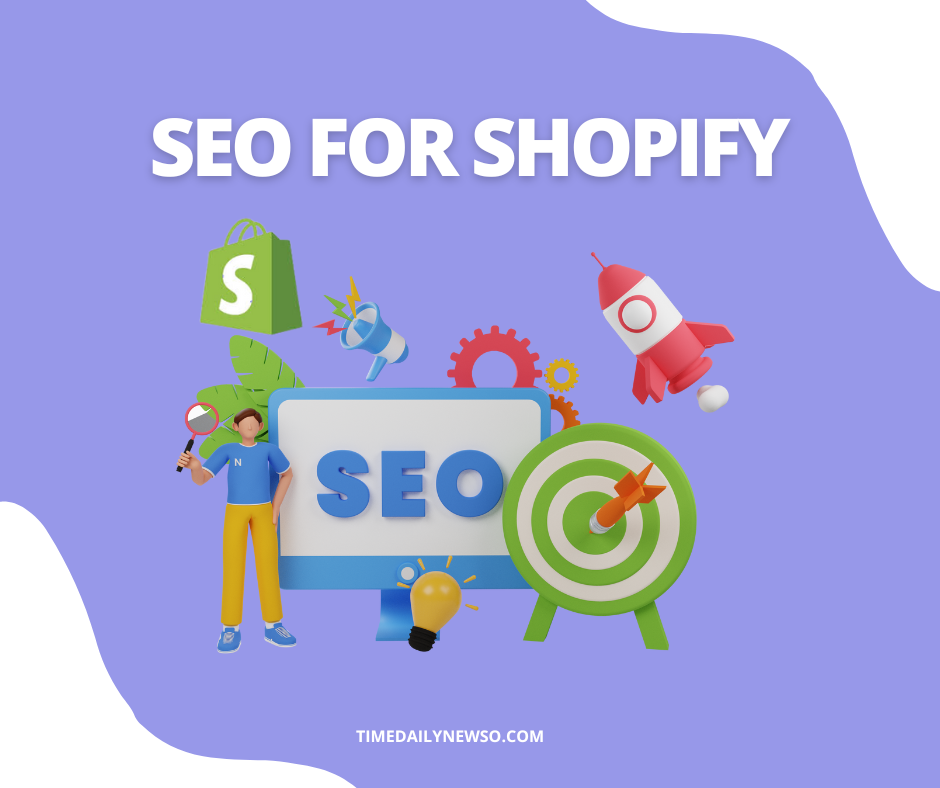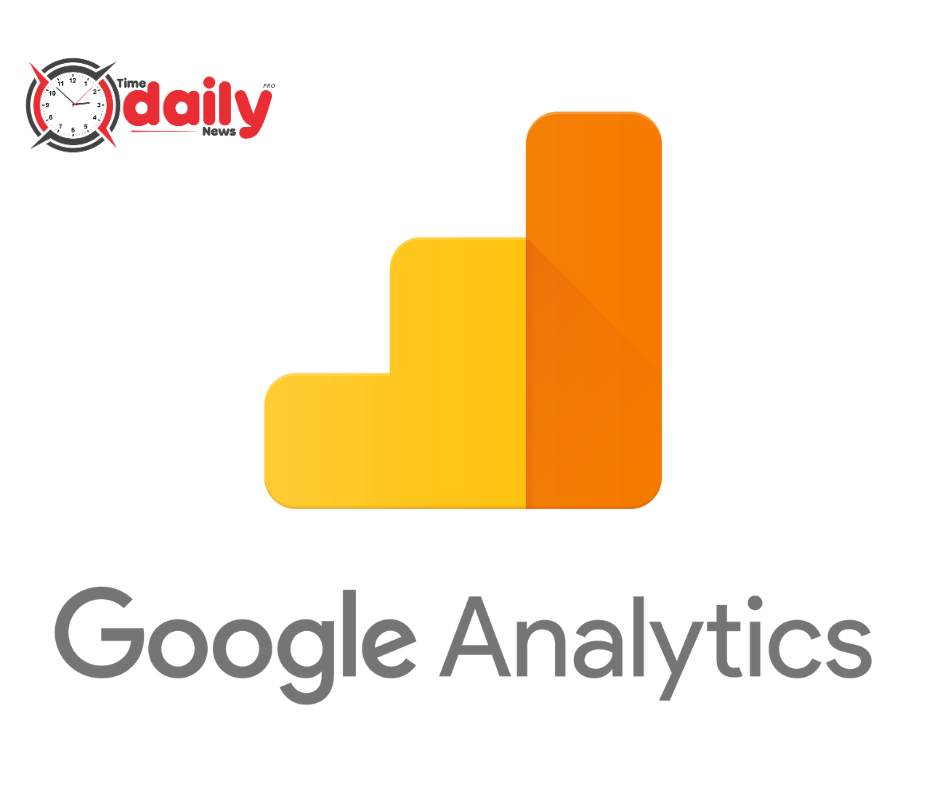Shopify Mountain: Introduction
Welcome to Shopify Mountain You are now standing at the Starting Line of your journey with one of the best e-commerce platforms out there. Shopify is an effective and famous platform that helps individuals to develop and manage their store, which is located online. From the small-scale business person planning to start his/her online store to the large and complex business firm wishing to extend its business online, Shopify provides all the necessary tools that are vital to succeed in the online business.
But of course, being the fun-loving company that it is, Shopify also has a real life mountain in Antarctica. Perhaps this might not be helpful to your e-commerce business but it is an interesting tidbit of information. Shopify Mountain as a physical feature is a mountain in Antarctica, and therefore, ascending the metaphorical Shopify Mountain is as physical as going through the actual geographical feature in the world of online retail.
Getting Started with Shopify Mountain
Setting up your Shopify account
Something that can be said about it is that getting started with Shopify is incredibly easy. Once a user visits the Shopify website, he or she has to register, and Shopify offers an easy setup program. It has a 14-day free trial that lets users test the program as well as its functions before signing up for a plan.
Choosing the right plan for your business
Now, let us discuss some of the pricing models available for Shopify to use for your business. Starting from the regular Shopify plan for small businesses to the enterprise plan for large businesses, here you will be able to get a plan to suit your needs.
Building Your Shopify Store
Selecting a theme
Your e-shop’s appearance is a critical factor in whether or not customers will be interested in your products and stay on your site. Shopify comes equipped with a plethora of themes, those being free and paid in equal measure, that will help you build an attractive storefront. Select a theme that is relevant to your company and then adapt it to suit individual specifications.
Customizing your store layout
After you have chosen your theme for the store then comes the part where you have to design your store. A good example of this is Shopify which has features that can be arranged through drag and drop features, and it is easy to change colors, fonts, among others. Ensure your store is easy to navigate and provides a seamless shopping experience.
Adding products to your store
Use the Shopify admin to put your products in your store by filling in the details about the product, uploading pictures and setting the price for the product. Some of the ways to sort your products include grouping the products according to the type, color, size, style, price range and season among others.
Optimizing Your Shopify Store for SEO

Importance of SEO for e-commerce
This is the reason why SEO is important when you need to get organic traffic to your Shopify store. An optimized store’s website has a higher search engine ranking and thus is more attractive to potential consumers.
On-page SEO strategies
Keyword research: A good keyword research process involves determining which keywords will be of interest to the targeted audiences. Try to identify good keywords for your article in such sources as Google Keyword Planner, Ahrefs, and so on.
Meta tags optimization: Check that the meta titles and descriptions on the product pages match the relevant keywords. These elements assist the search engines in identifying the content of your pages and enhance clickthroughs.
Off-page SEO strategies
Make back links from various blogs, forums, and approach internet marketers in your specific niche to write for them linking back to your Shopify store.
Creating High-Converting Product Pages
Crafting compelling product descriptions
The product descriptions you provide to your customers should be enlightening, interesting, and have a focus on your products. This means that where necessary, the use of bullet points should be employed to ensure that the information that is presented is in small, easily manageable portions and the keywords are incorporated in the text naturally.
Using high-quality images and videos
Videos are especially important in the context of purchasing products online. Ensure the quality of the images and videos used to advertise your products that they are of high quality and show the products from various perspectives. This assists the customer in making a better decision when choosing a product or a service provider to hire.
Implementing customer reviews and testimonials
Reviews and feedback make customers have confidence in your products and services. Remind your customers to leave reviews or ask them to do so, whether through gifts or bonuses or otherwise. Ensure that these reviews are easily visible on the product pages as a form of social proof.
Effective Inventory Management
Keeping track of stock levels
Proper stock control will help prevent a situation in which there is no stock of a certain commodity, or on the other hand, there is excess stock. You can utilize the inventory tracking systems that come with Shopify, or you can also look for third-party apps to use for inventory tracking.
Using inventory management apps
Tools like Stocky and TradeGecko can help automate repetitive tasks regarding inventory, so you can easily keep track of your inventory and sales trends.
Streamlining the Checkout Process
Simplifying the checkout steps
Another disadvantage of a complex flow is that the number of checkouts can be reduced by users and visitors. This means that you can reduce the number of procedures that are needed to complete your purchase. Provide options for guest checkout and minimize the number of fields required for creating an account.
Offering multiple payment options
Ensure that you accept multiple forms of payments that customers use nowadays such as credit cards, PayPal, and other payment processors. It is a plus for your conversion rate since you can easily allow or expand the flexibility of its usage.
Ensuring a mobile-friendly checkout
Given that the current trend is to shop via mobile devices, it will be important to ensure that the checkout process is optimized for mobiles. Check and make sure that your checkout page is mobile-friendly and can load swiftly on small screens.
Marketing Your Shopify Store
Utilizing social media marketing
Being popular social media platforms, they are excellent ways of marketing your Shopify store. Establish an energetic flow, advertise your products and services, and engage with your followers to increase customer loyalty.
Running email marketing campaigns
E-mail marketing is an efficient tool for keeping customers engaged with new products, current offers, and changes. Engage tools such as Mailchimp or Klaviyo to develop and control your email advertising and marketing efforts.
Leveraging influencer marketing
Partner with other social media influencers in your area of specialization so that you can have access to a larger audience. This post can also help you put your products out there using influencers and establishing brand credibility.
Harnessing the Power of Shopify Apps
Essential apps for boosting sales.
Privy and similar platforms will assist with making your marketing more effective and delivering a lot of sales by offering data on consumer activity.
Apps for improving customer service
Enhance your customer support with tools like Gorgias and Re
These are tools that enable the provision of the best support to customers while at the same time handling the many inquiries that various clients have.
Apps for managing shipping and logistics
For shipping and logistics management, ShipStation and AfterShip can be effectively utilized. It aids in the management of orders, shipment tracking, and even updating customers through the use of such apps.
Analyzing Your Shopify Store Performance
Setting up Google Analytics

Google Analytics is an effective tool that helps to analyze the store’s performance. While setting up your business online, ensure that you link it to Google Analytics so that you can be able to monitor traffic, your sales and even your customer’s behavior.
Tracking key performance indicators (KPIs)
Check metrics such as conversion rates, AOV, and repeat purchase rates. They assist in assessing the performance of the store in different aspects and thus enable one to know the areas of discontent.
Enhancing Customer Experience
Offering excellent customer support
Given that customer support is an essential tool in maintaining customers, it is crucial to offer the best customer support. Make sure to also have live chat, email and phone support to attend to customer concerns as soon as possible.
Creating a loyalty program
Loyalty is good for business; therefore you should have a loyalty program for your frequent consumers. To reinforce the target consumers’ patronage, rewards for purchase, recommendations, and social media activities should be provided.
Scaling Your Shopify Business
Expanding your product line
Try to expand your pool of products and services that you would provide to your clients so that you could capture the attention of more people. Use available research information to find out the right market and customer preferences for the new products to suit your brand.
Entering new markets
You could consider venturing into the international market and selling your products to other countries. To conduct business across the globe, Shopify provides features to support your business such as multi-currency facilities and international shipping services.
Success Stories from Shopify Entrepreneurs
Case studies of successful Shopify stores
Tap into the experience of other Shopify-based business owners and managers. Such a case allows for understanding proven best practices as well as emerging issues that should be avoided in the process.
Lessons learned from top Shopify entrepreneurs
Receive helpful information and tips from other Shopify business people. Looking at their lessons may assist you in dealing with the issues related to the operation of an online store.
Common Challenges and How to Overcome Them
Dealing with cart abandonment
Recover abandoned carts by providing incentives like discounts or free shipping and send emails to remind them about abandoned carts.
Handling customer complaints effectively
Try to address all the complaints raised by customers early and courteously. Customer feedback can be used effectively to help enhance the organization’s products and services.
Achieve E-commerce Success with Shopify Mountain
Shopify Mountain is designed for Entrepreneurs who want a complete solution to their e-commerce needs. By adhering to these guidelines, therefore, one will be in good stead to create a successful Shopify store. And again, the message is clear – it’s the marathon, not a sprint, so consistent progress is vital. Stay informed and ahead of the curve with Time Daily News—your trusted source for the latest updates and in-depth analysis.




